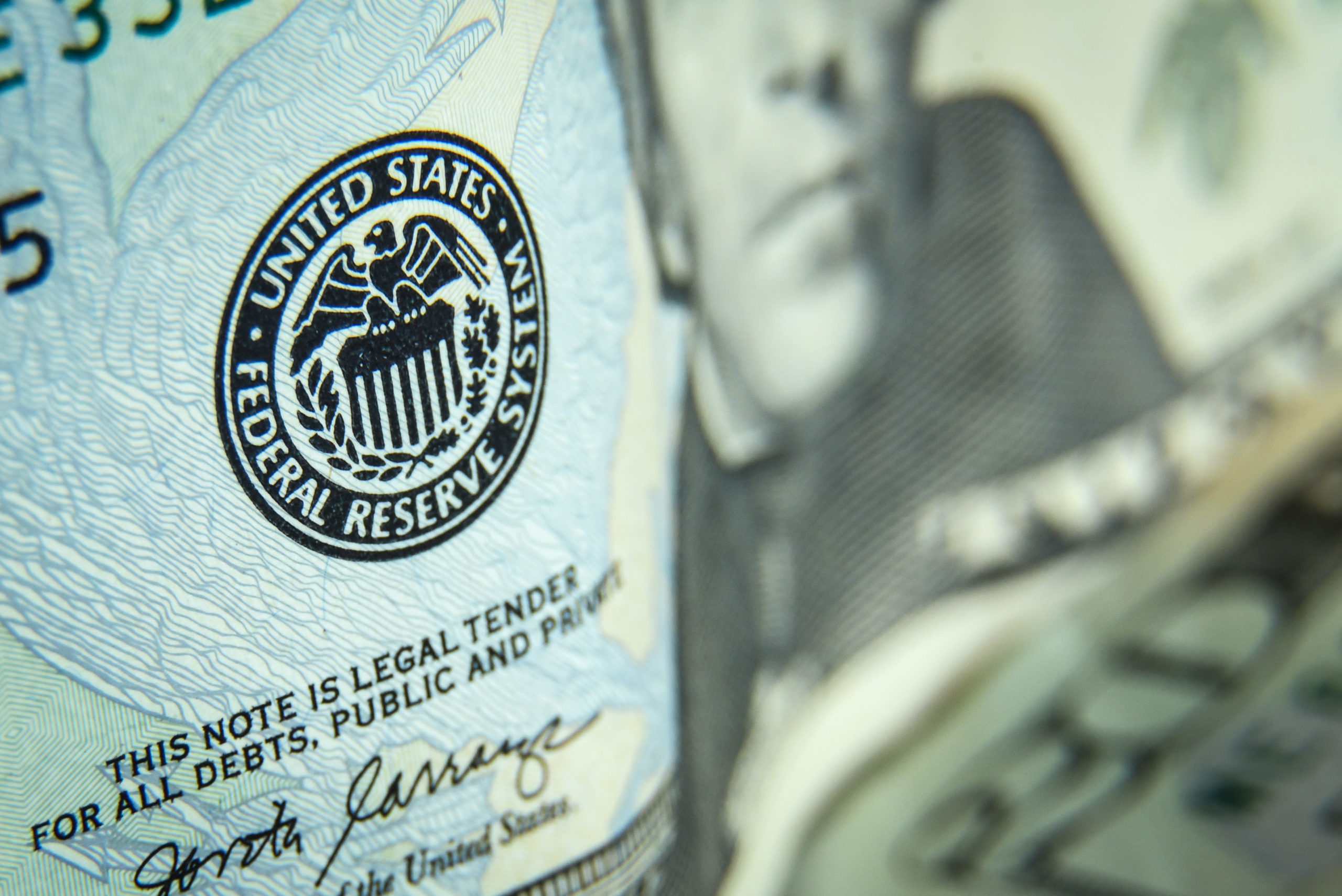Dollar tumbles to new lows as Congress infighting continues
( 3 min )
- Go back to blog home
- Latest
The euro broke through the 1.17 level versus the dollar on Monday, rallying to its strongest position in almost two years amid ongoing negative sentiment towards the US currency.
A lack of agreement between the two is now a major cause for concern for investors and would present a significant downside risk to the US economy, in our view, given the mass levels of unemployment witnessed in the country since the onset of the crisis. With new US virus cases continuing to rise at an aggressive pace, there is an argument to suggest that the situation in the labour market could deteriorate further, before it gets better. We have begun to see this translated into a worsening in labour market conditions, with initial jobless claims increasing for the first time since March in the week to 17th July. Congress has until the end of the week to strike an agreement. A lack of accord by then would, we believe, be a big negative for the US dollar, and would continue to see it sell-off against its major peers.

What to expect from Wednesday’s FOMC meeting
Market participants will also have one eye on tomorrow’s FOMC meeting. As financial markets stabilise and the US economy shows signs of recovery, the Federal Reserve is set to leave its monetary policy unchanged at its meeting on Wednesday.
Attention will instead be on comments from Chair Jerome Powell. We think that while the Fed will mention the recent improvements witnessed in US data, it will likely strike a cautious note over the recovery, highlighting the significant downside risks that remain. We also expect policymakers to continue stressing that interest rates will remain at current record low levels for the foreseeable future. Aside from that, markets will be paying close attention to Chair Jerome Powell’s comments on the use of more unconventional monetary policy tools.
There has been a lot of talk in the markets about the Fed implementing yield curve control, similar to that used by the Bank of Japan to keep long-term borrowing costs below a specific level or range. We do not think that the Fed will introduce such measures just yet. The yield on the US 10-year government bond is already near record lows at below 0.6% – perhaps partly in expectation that yield curve control may be on the horizon. For this reason, we expect Powell to keep open the possibility of implementing the programme later down the line, with a reluctance to do so likely to have the undesired effect of pushing yields higher.
Pound rallies to fresh March highs versus US dollar
Elsewhere in the markets, sterling continued on its recent good run, rallying to its strongest position versus the dollar since its sharp downturn in early-March.
As mentioned last week, the rationale for this aggressive move higher is, we believe, largely a consequence of broad US dollar weakness, rather than any underlying strength in the pound. If we look at FX performance trackers, sterling is actually one of the weaker currencies versus the dollar in the past two months, underperformed only by the Japanese yen and Canadian dollar. The continued uncertainty surrounding Brexit is largely to blame, in our view, given the UK data appears to have bounced back sharply in June (see last week’s strong retail sales data).
With no real major data out of the UK of note this week, we expect the pound to continue to be driven largely by events elsewhere.

